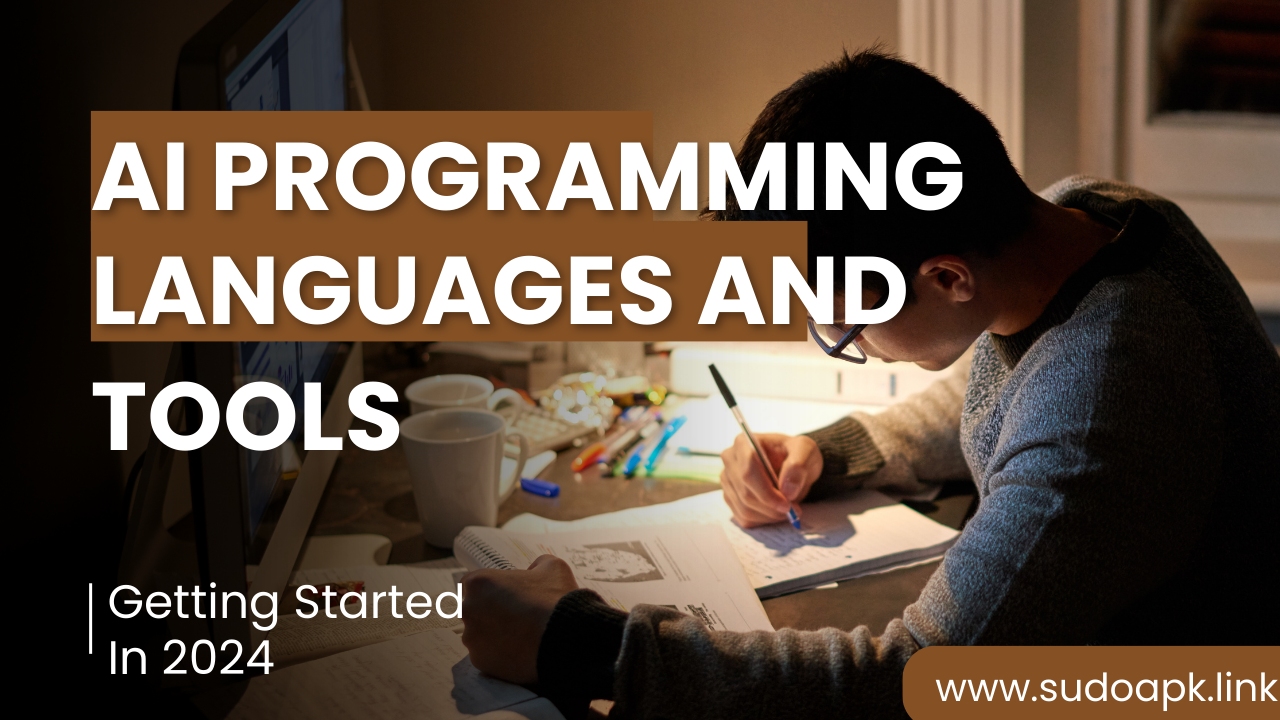

AI Programming Languages and Tools: Getting Started In 2024
Artificial Intelligence (AI) has emerged as the defining technology paradigm enabling revolutionary breakthroughs across industries. As we enter 2024, a rich set of programming languages and frameworks now exist to help developers build the next generation of intelligent systems by combining powerful deep neural networks with reasoning and language capabilities.
In this guide, we analyze popular languages and libraries for swiftly developing AI solutions that will empower advances across the tech landscape over the next decade spanning AI assistants, drug discovery processes and smart cities. Let's explore the vital building blocks!
Overview of Common AI Programming Approaches
AI app development today rests on two key pillars implemented through diverse programming languages:
1. Statistical Machine Learning
It refers to "learning from examples" by extracting patterns from large volumes of data. Libraries implement complex but flexible neural architectures that codify representations spanning vision, speech, text and tabular data types using graph computation frameworks like TensorFlow and PyTorch.
2. Symbolic AI
It focuses on mimicking human reasoning via logic formalisms and knowledge representations. Languages like Prolog enable describing problems declaratively via symbols and rules that are automatically solved using search and constraint optimization techniques.
Hybrid systems combining neural methods and symbolic logic provide integrated reasoning and learning capabilities critical for adaptive intelligence. Let's analyze popular languages and libraries for developing along both dimensions.
Key Languages for Building AI Systems
Python - The De Facto Language for AI Programming
Python's simplicity, vast ecosystem of libraries and readability has made it the most popular language for developing and deploying end-to-end machine learning systems with scikit-learn, NumPy and pandas accelerating preprocessing while TensorFlow and Pytorch handle training/serving.
Python notebooks like Jupyter and Google Colab enable quick prototyping by executing code interactively along with visualizations and documentation. Python streamlines building systems spanning data ingestion, feature engineering, model development, evaluation, monitoring and explainability.
C/C++ - The Performance Workhorses
Python wrappers call optimized C/C++ libraries like NVIDIA CuDNN, Intel MKL, Theano and CUDA for low-level GPU programming. Computation graphs defined using frameworks get translated to highly efficient C++ code for model deployment to edge devices requiring real-time performance.
C/C++ numerical libraries also accelerate distributed data analytics and dashboarding in production via Apache Arrow enabling unified in-memory formats between Python and C++. For peak efficiency, one can directly implement models in C++.
Java - Enterprise-Grade AI Deployment
Java's portability, security and multithreading support have made it widely used for large-scale enterprise AI via frameworks like DeepLearning4j, Eclipse Deeplearning4j and DL4J Model Server easing model operationalization across highly concurrent requests.
Java also offers unified mechanics to deploy trained TensorFlow, PyTorch, Keras and ONNX models at scale for integration into business applications via model servers. As AI moves towards responsible and trustworthy systems, Java provides robust management.
Swift and Objective-C - Enabling iOS AI Applications
Apple's programming languages Swift and Objective-C allow embedding and customizing AI within iOS apps through CoreML optimizing TensorFlow, PyTorch, Keras and XGBoost models and Turi Create simplifying model building.
Vision framework, speech recognition and on-device processing enable privacy preserving AI by not sending data to cloud. GameplayKit supports diverse intelligent agent needs for customization flexibility.
C# - Integrating AI into .NET Apps
C#'s integration with Visual Studio IDE enables quickly building Windows/Web applications using .NET languages enhanced by ML.NET, PyTorch and ONNX libraries while Azure Cognitive Services delivers cloud APIs for vision, speech and language functionalities.
JavaScript - Frontend and Backend AI in Web Apps
TensorFlow.js without needing compilation enables training and deploying models on browsers while Node.js offers backend scalability in JavaScript. AI apps can now fully leverage JavaScript's rich web development ecosystem across frontend, backend databases/servers and cloud platforms like Google Cloud.
The rising adoption of AI necessitates broad familiarity. Learning just Python opens immense possibilities and additional languages enhance capabilities for specific deployment needs. However, mastering contemporary libraries and tools expedites impactful development.
AI Frameworks and Libraries to Accelerate Development
Let's analyze widely used libraries that increase productivity on key aspects like workflow management, model building, model deployment/serving, explainability and trustworthiness.
PyTorch and TensorFlow - The Foundation Model Accelerants
These fast, intuitive platforms handling model building, distributed training, model serialization, mobile deployment and visualization have become vital starting points for developing and customizing large foundation models driving contemporary AI.
Their hardware-optimizing backends, vast community support and high-level APIs abstracting efficient infrastructure for focus on data, model design and debugging helps developers innovate on complex neural architectures rapidly without reinventing lower-level engines.
Scikit-learn - The Swiss Army Knife for Essential ML
Scikit-learn streamlines fundamental modeling needs for many practitioners via consistent APIs spanning data handling, preprocessing, model tuning, evaluation and optimization auto-documentation. This widespread adoption makes transitioning models into production easy.
HuggingFace Transformers - Leveraging Breakthrough NLP
HuggingFace provides thousands of state-of-the-art models like BERT, GPT-3 and T5 through self-contained PyTorch classes for seamless NLP analysis from text classification to summarization and question answering after just a few lines of code.
Easy sharing of repurposed models trained on private data enables safe access to the latest NLP. Democratization via libraries helped transform large language models viability.
Streamlit and Gradio - Build Web UIs Instantly
These turn machine learning code into customizable, interactive web apps and shareable model demos using pure Python without needing web development expertise. The low-code functionality allows stakeholders to glean insights, test assumptions and guide requirements.
MLflow and Kuberflow - Tracking and Monitoring ML Lifecycle
RFlow standardizes packaging, model tracking and lineage capturing for reproducibility while Kubeflow on Kubernetes containerizes steps from experimentation to production deployment enabling portability across infrastructures like public cloud that aid collaboration.
Captum and Alibi - Model Interpretability and Trust
These libraries help explain model behavior on given inputs, quantify feature importance and detect bias/adversarial attacks to uphold trust as AI blackboxes become inscrutable posing risks. Reliable system behavior requires ongoing transparency.
Multilingual Universal Sentence Encoder lite - On-Device NLP This powerful NLP inference engine using TensorFlow Lite runs across mobiles/edge devices for offline apps preserving privacy. Expanding on-device capabilities mitigates cloud risks.
The ecosystems around versatile libraries for customization, monitoring, trust and edge deployment enabled by community innovation helps developers apply AI almost instantly today by standing on the shoulders of open progress.
AI Development Platforms and Model Stores
Comprehensive cloud platforms smooth end-to-end development from data wrangling to model building, versioning, monitoring and serving production traffic with high reliability while handling infrastructure, security and compliance aspects.
Google Cloud AI Platform
This expandable hub offers Notebook VMs with frameworks and accelerators for prototyping, versioned model management, one-click deployment scalability on TPUs/GPUs, AI Platform Pipelines for workflow automation and AI Platform Prediction for low-latency serving.
Amazon SageMaker
It facilitates the machine learning lifecycle from data access to labeling, feature engineering, model building, testing, deployment and monitoring while optimizing TensorFlow, PyTorch and MXNet workloads on EC2 instances like GPU and Inferentia.
Microsoft Azure Machine Learning
This studio provides notebook access, automated MLOps, model management, monitoring, compliance tracking and deployment orchestration using advanced hardware while integrating nicely data, analytics and business applications across Azure.
Algorithmia
This robust model hosting platform focuses on scalable deployment, A/B testing and canary launches while providing version control, monitoring and algorithm automation workflows between enterprise systems. Over 125,000 models are hosted.
In addition, comprehensive model stores for plug and play usage are maturing.
TensorFlow Hub
It offers thousands of reusable ML modules like image classifiers and speech generators with transfer learning support to minimize coding on foundation model capabilities.
HuggingFace Hub
It provides a vast model marketplace spanning computer vision, audio, text, mediums and mathematics for easy subscription. Model reuse cuts development overhead substantially.
By combining coding comfort across popular languages, leveraging scalable cloud infrastructure and repurposing customizable model substrates available on hub platforms, engineers can swiftly build, prototype and deploy sophisticated AI applications today that enable data-driven decisions or enhance human capabilities.
The Future - No-Code AI Development
Democratizing development remains crucial for mass AI adoption by users lacking data science expertise. Advancements in model generalization and data-driven tuning are inspiring progress towards no-code solutions using natural language interfaces:
InstructGPT - Conversational Interface for Coding
This AI assistant generates Python code from simple English descriptions just like writing pseudo-code demonstrating the strides in language AI for decoding intent and formulating logic.
Anthropic - Constitutional AI for Safety
Its open source AI assistant Claude can be instructed intuitively to summarize articles, analyze sentiment, organize emails and more without worrying about harmful/deceptive behavior owing to self-supervision techniques used alongside human feedback.
CoPilot - Autocomplete for Programming
This code-suggestion model trained on public code helps programmers by offering ready snippet proposals to minimize syntax challenges, letting developers focus on higher logic. It displays the synergies between learning developer patterns and productivity.
Soon mainstream development may simply involve describing software needs in natural language for AI assistants to materialize secure, explainable implementations further democratizing access. Core languages and methods will remain vital for customization and emerging capabilities.
The Road Ahead - Responsible AI Programming
Frameworks to ensure ethical development practices will soon become integral parts like testing in software engineering. Initiatives like Google's Model Cards and Microsoft's Fairlearn simplify documenting model performance across user groups while Facebook's Advisor provides bias detection.
Techniques like federated learning and differential privacy preserve user privacy by training on decentralized data without sharing raw data. Ongoing research around embeding constitutional objectives into models and formal verification of model properties before deployment will spur responsible AI programming.
Core languages and libraries for developing, deploying and monitoring robust models provide building blocks while prebuilt capabilities make applying AI easier. Blending statistical, symbolic and commonsense techniques in professionally engineered and ethically aligned hybrid systems can usher the next generation of trusted intelligent assistants.
The democratization momentum across languages, tools and cloud infrastructure makes AI innovation accessible to all developers today. Let's harness it responsibly to create prosperity for humanity!
Frequently Asked Questions on AI Programming
Q: Which languages are most important for AI programming today?
Python has become the lingua franca for applying AI across the workflow from loading and munging data to training and deploying models owing to its simplicity and vast ML packages ecosystem. C/C++ provide high performance libraries while Java enables robust large-scale deployment.
Q: What are foundation models in AI?
Models like BERT, GPT-3 and PaLM trained on huge diverse data that build basic perceptual and reasoning capabilities spanning language, vision and multimodal understanding provide base capability layers to transfer learn quickly for downstream tasks minimizing coding needs.
Q: Why are MLOps processes vital in production AI?
Similar to DevOps for software, MLOps standards around model packaging, documentation, integration, monitoring and automated retraining helps efficiently maintain, update and manage models post-deployment as real world data evolves ensuring continuous reliability at scale.
Q: How can AI programmer ensure ethical development?
Adopting techniques like value-based assessments, bias testing before launch, documenting metrics and assumptions clearly, enabling public accountability through explanations and supporting reverse engineering for audits helps developers take accountability for ethical implications.
Q: What are the breakthroughs inspiring no-code AI development?
Advances in generalizable foundation models, few-shot learning eliminating lengthy training, natural language interfaces for describing problems/goals, AI assistants generating compliant implementation automatically and automatic dataset/model documentation generation are advancing no-code solutions.
In summary, realizing AI's promise requires both state-of-the-art techniques and professional responsibility. The good news is democratized access now empowers developers from all backgrounds to build human-centric solutions that uplift societies across the globe responsibly!
Popular articles
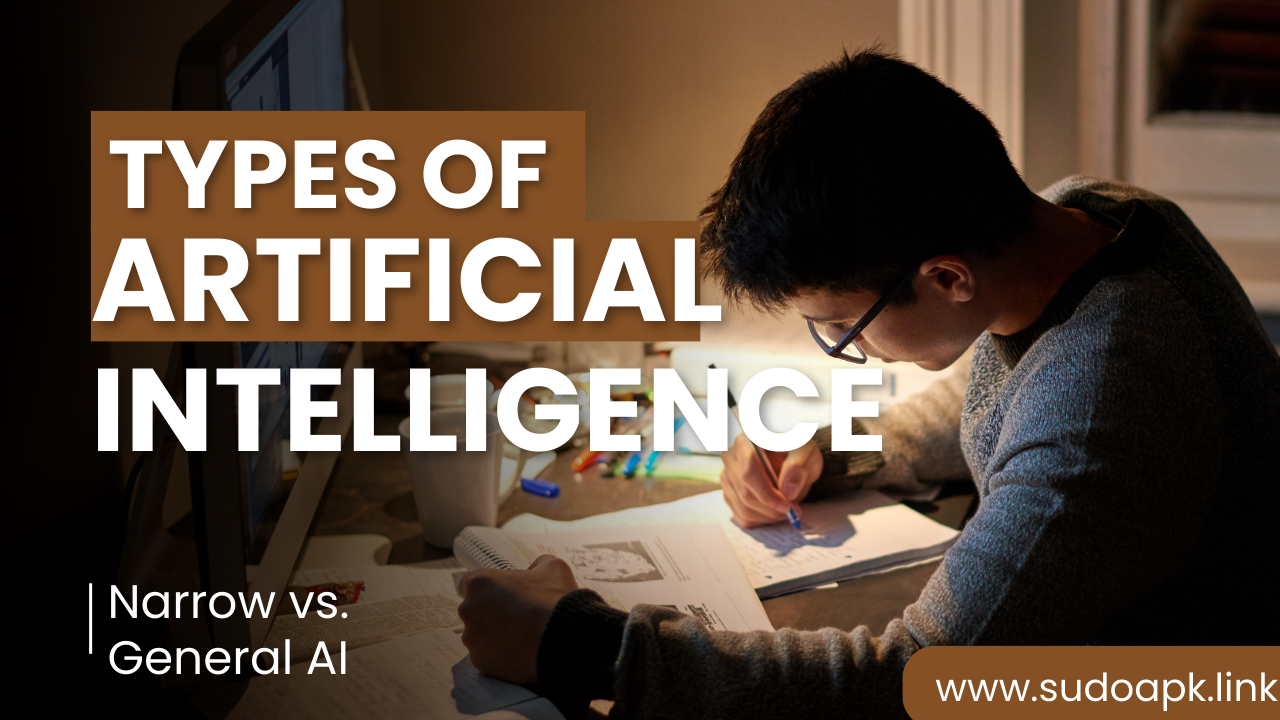
Dec 31, 2023 07:04 AM
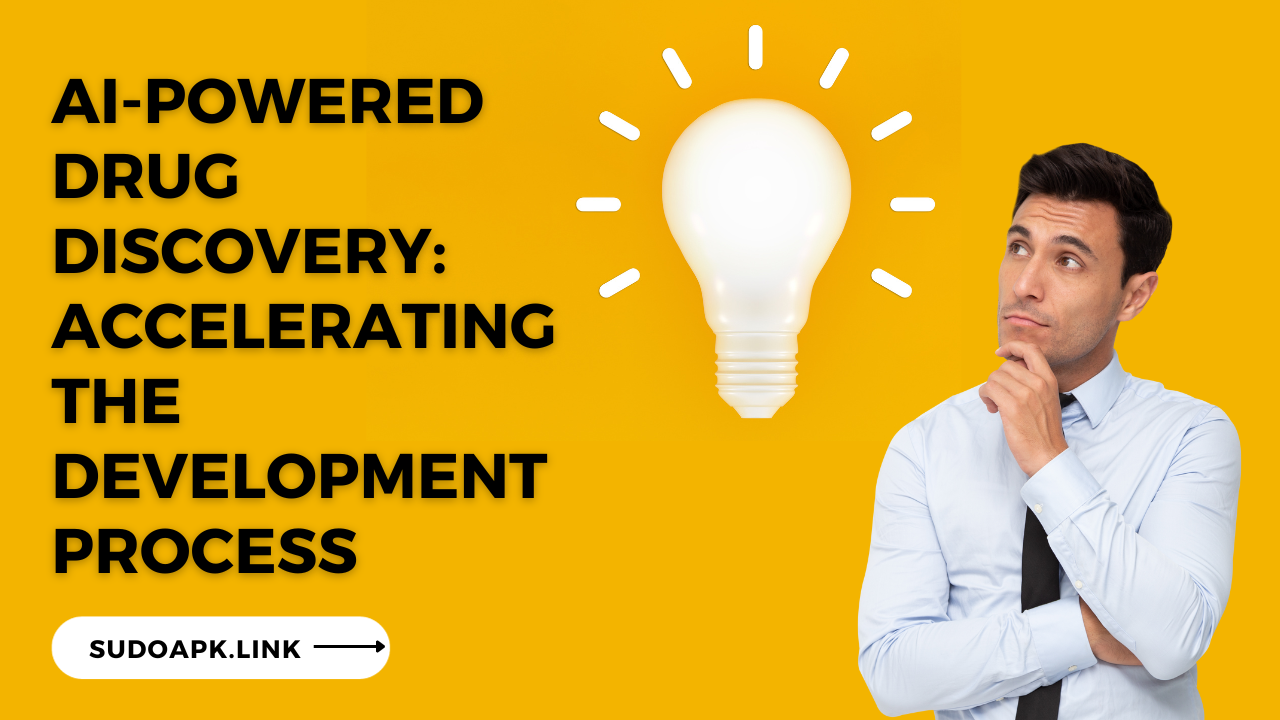
Jan 06, 2024 06:56 AM
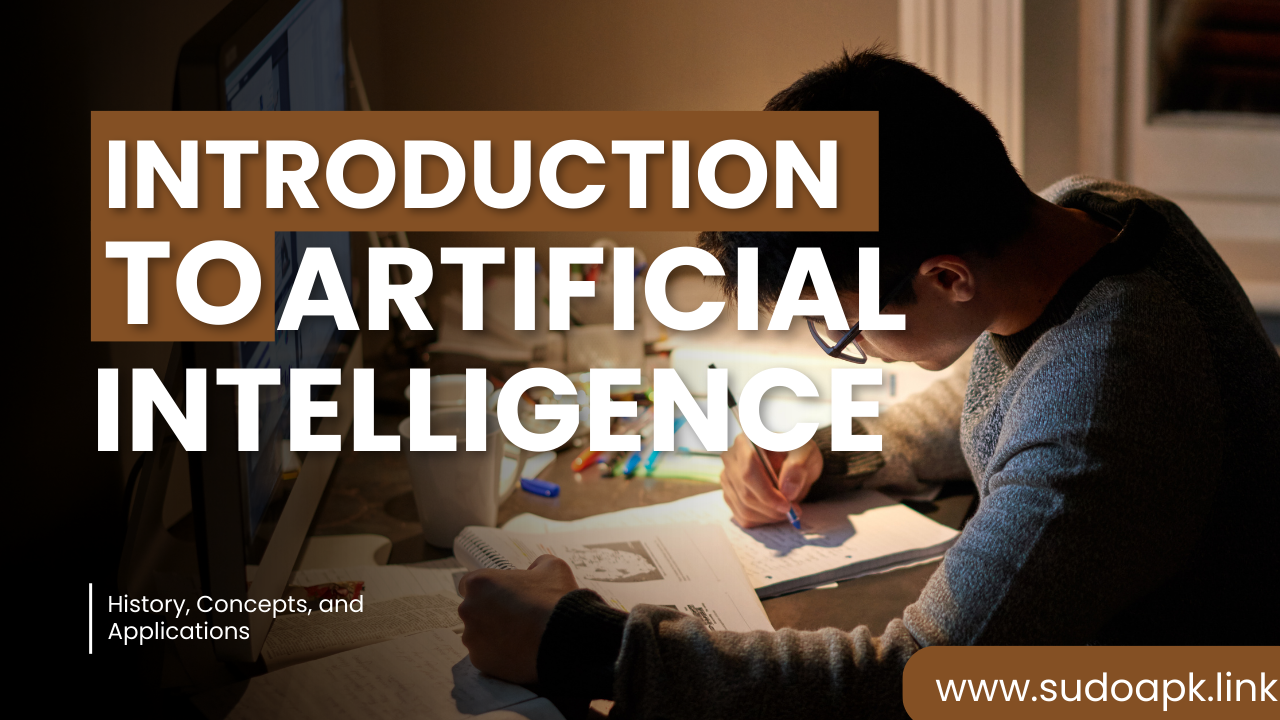
Dec 31, 2023 06:48 AM
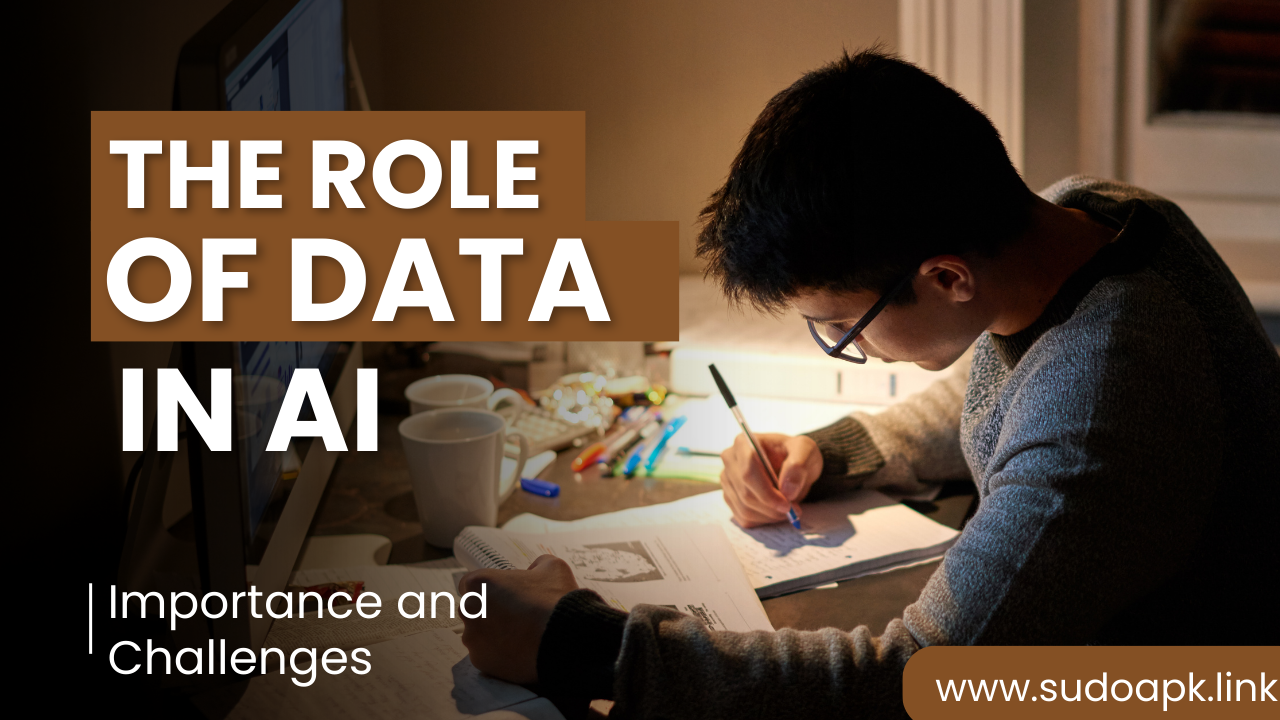
Dec 31, 2023 07:22 AM
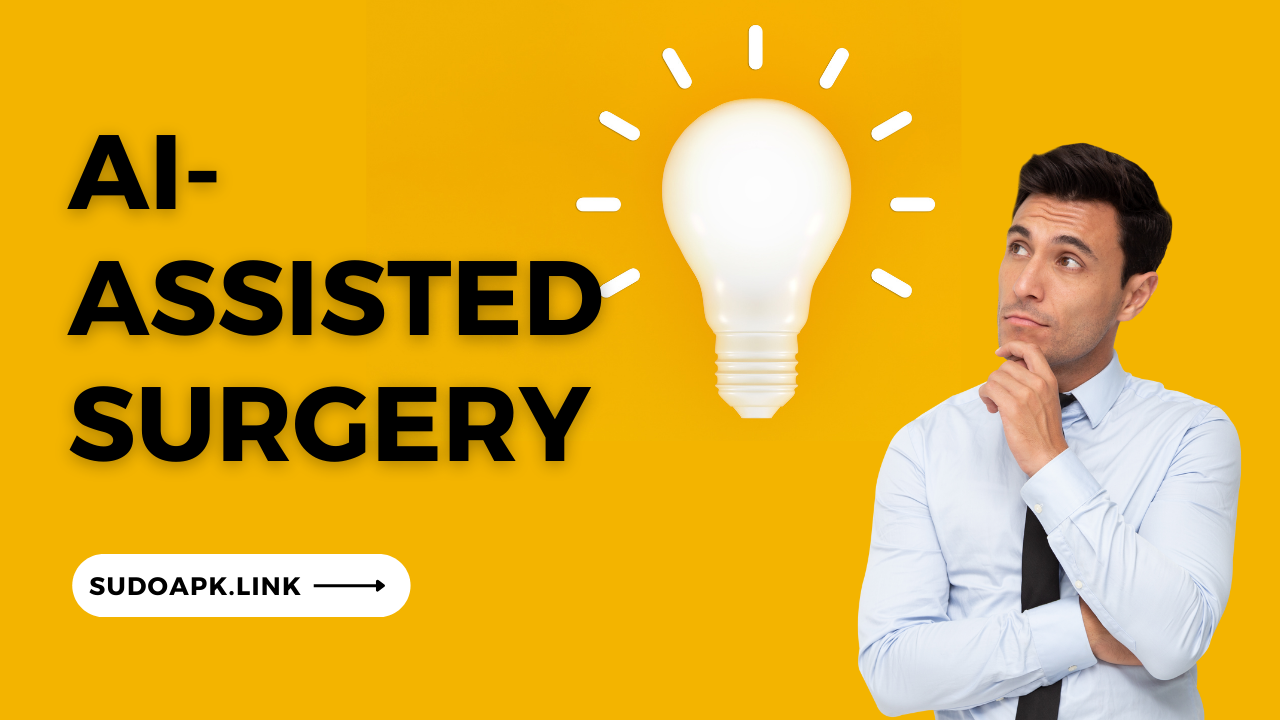
Jan 01, 2024 09:54 PM
Comments (0)